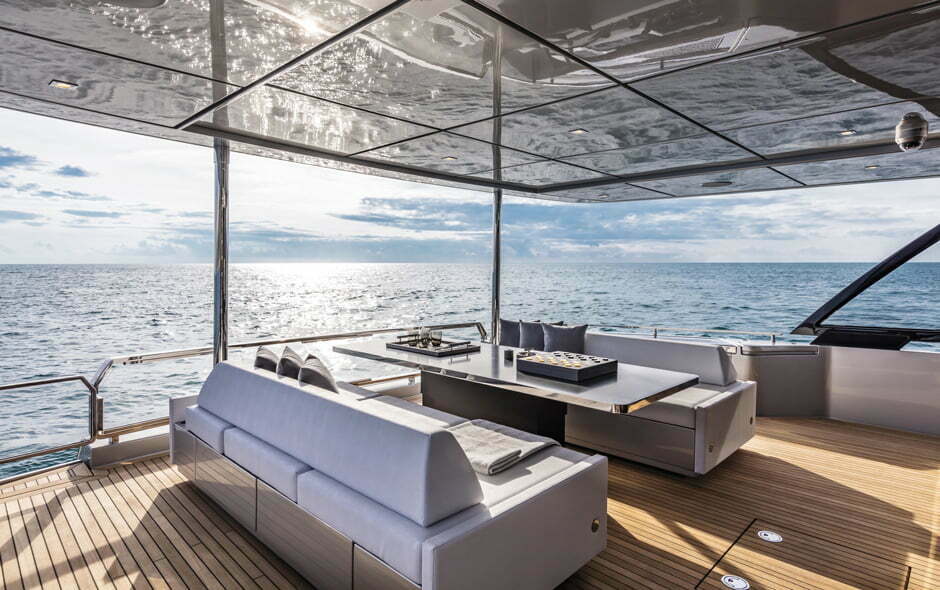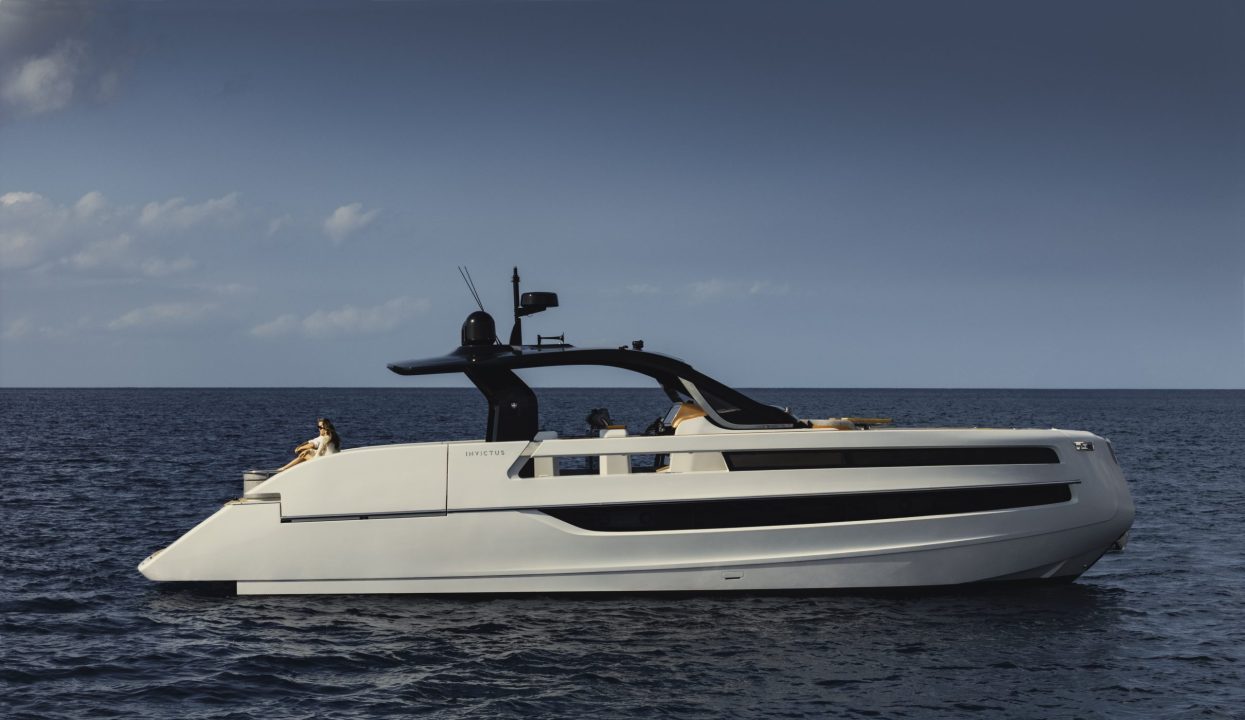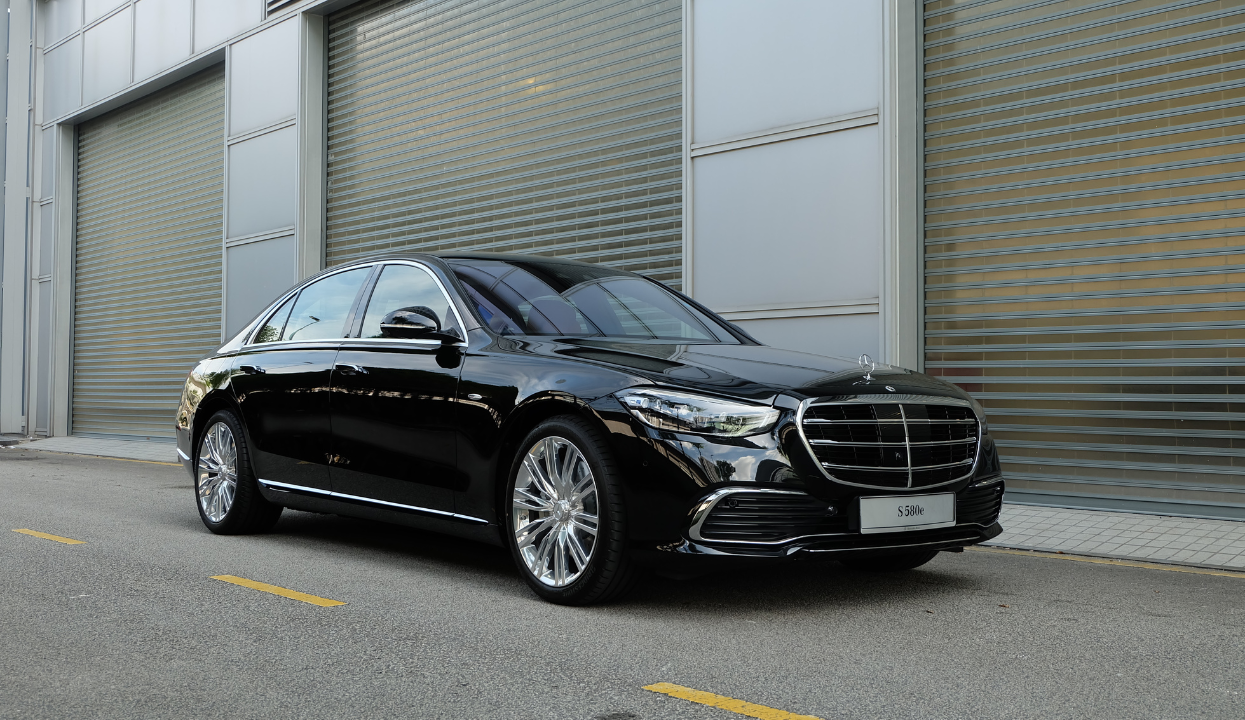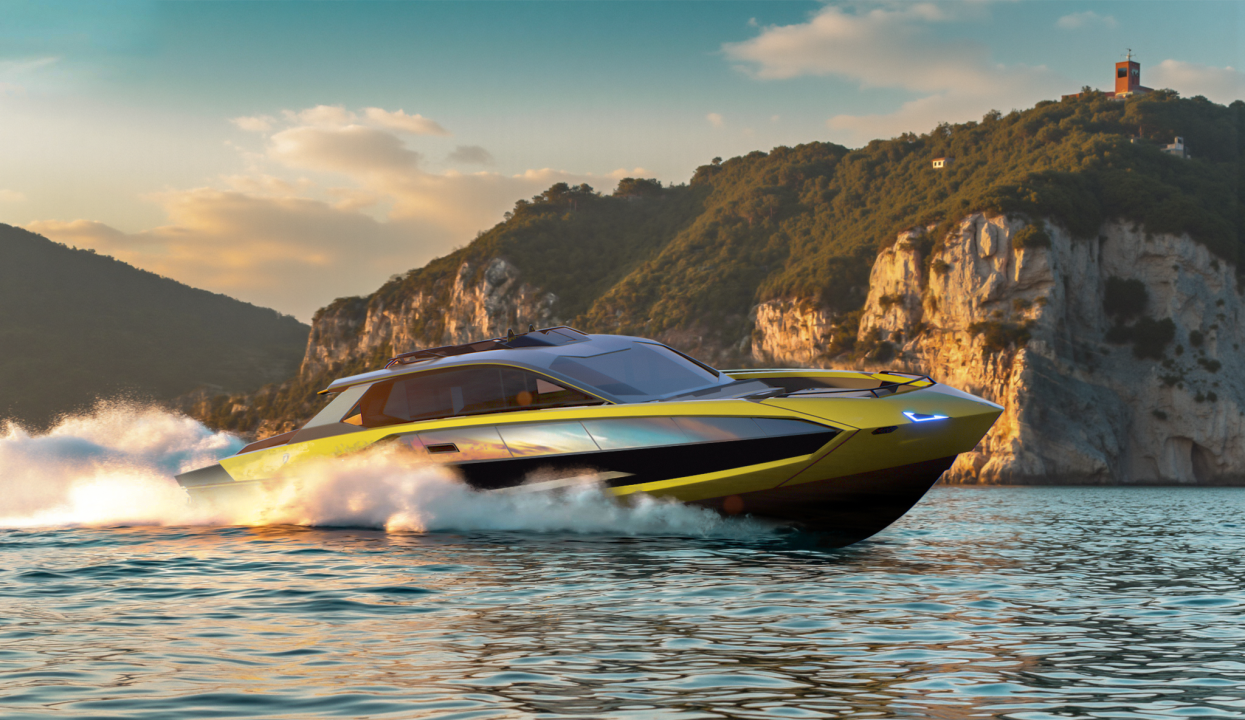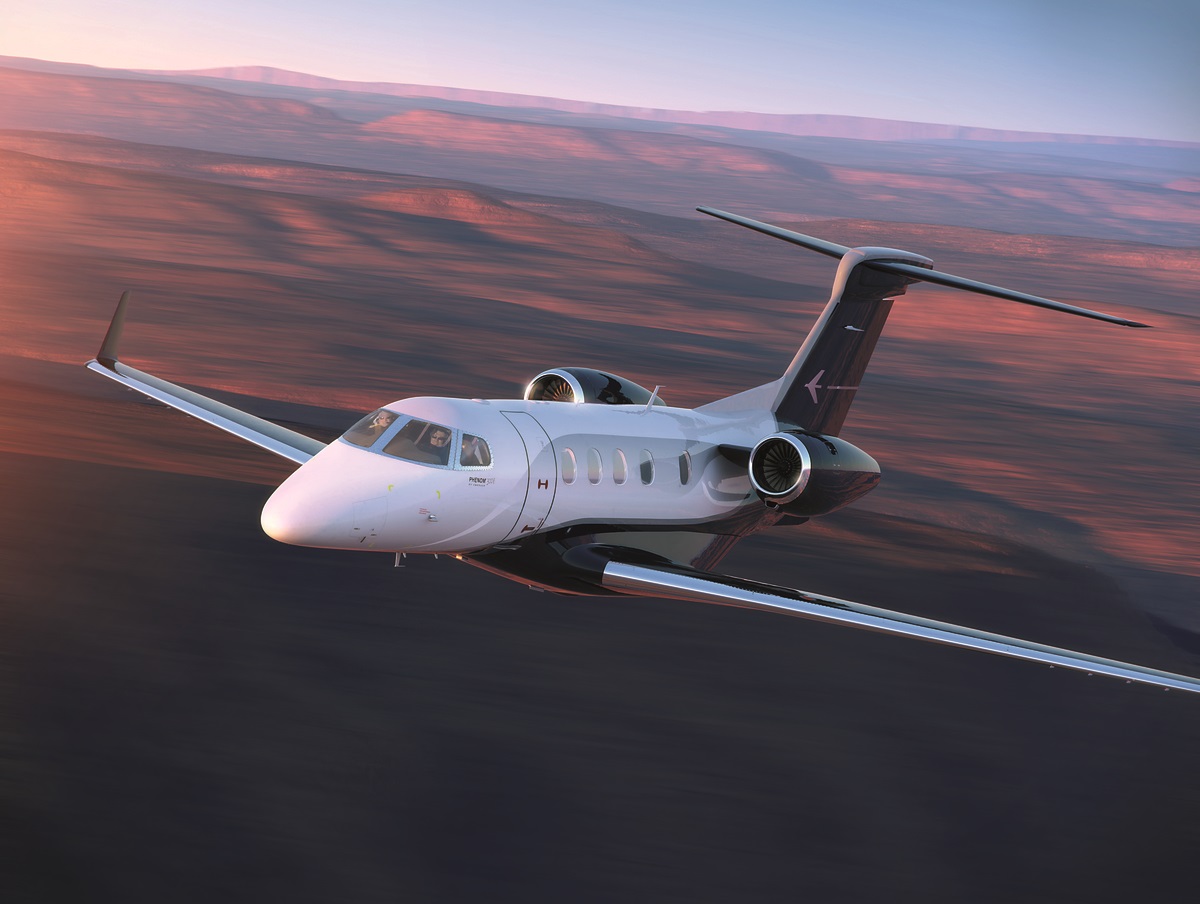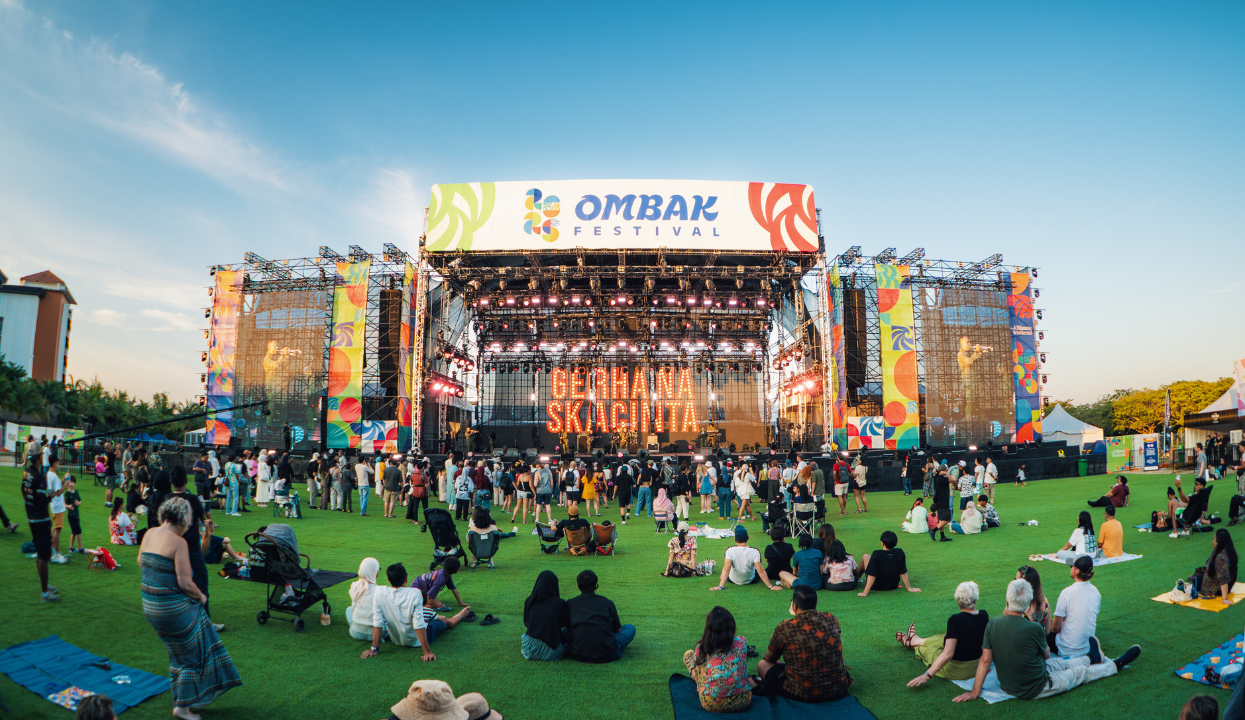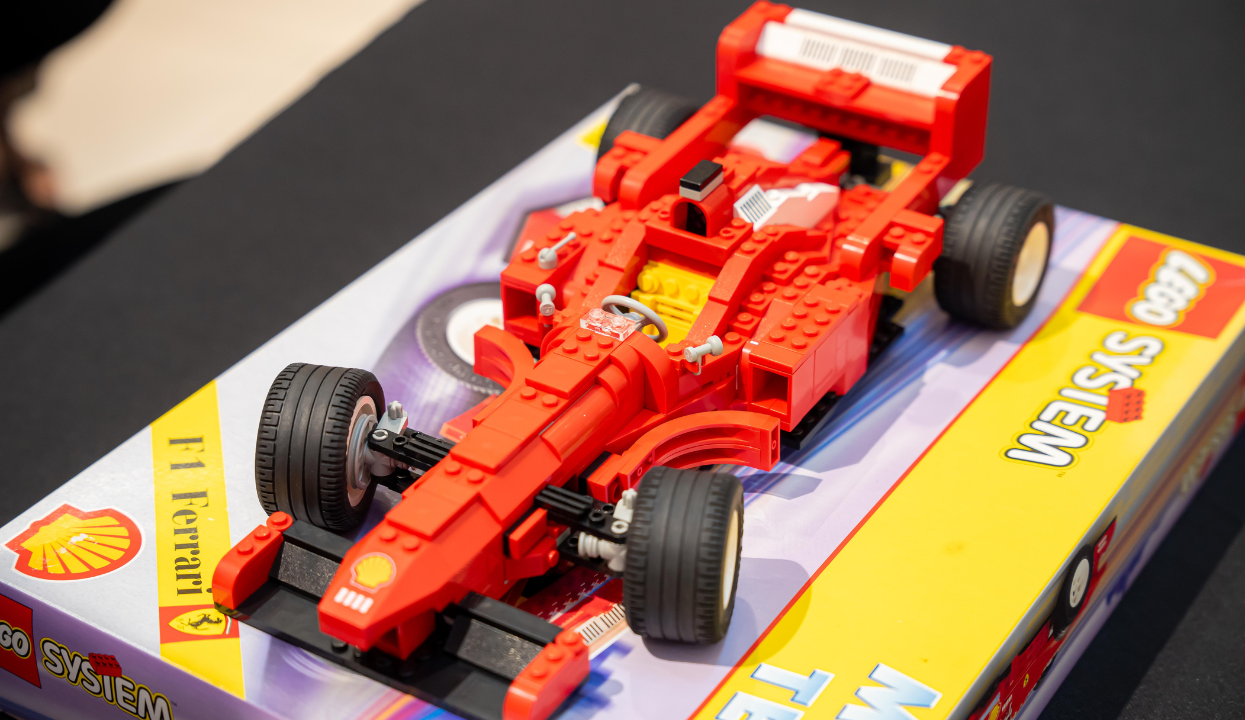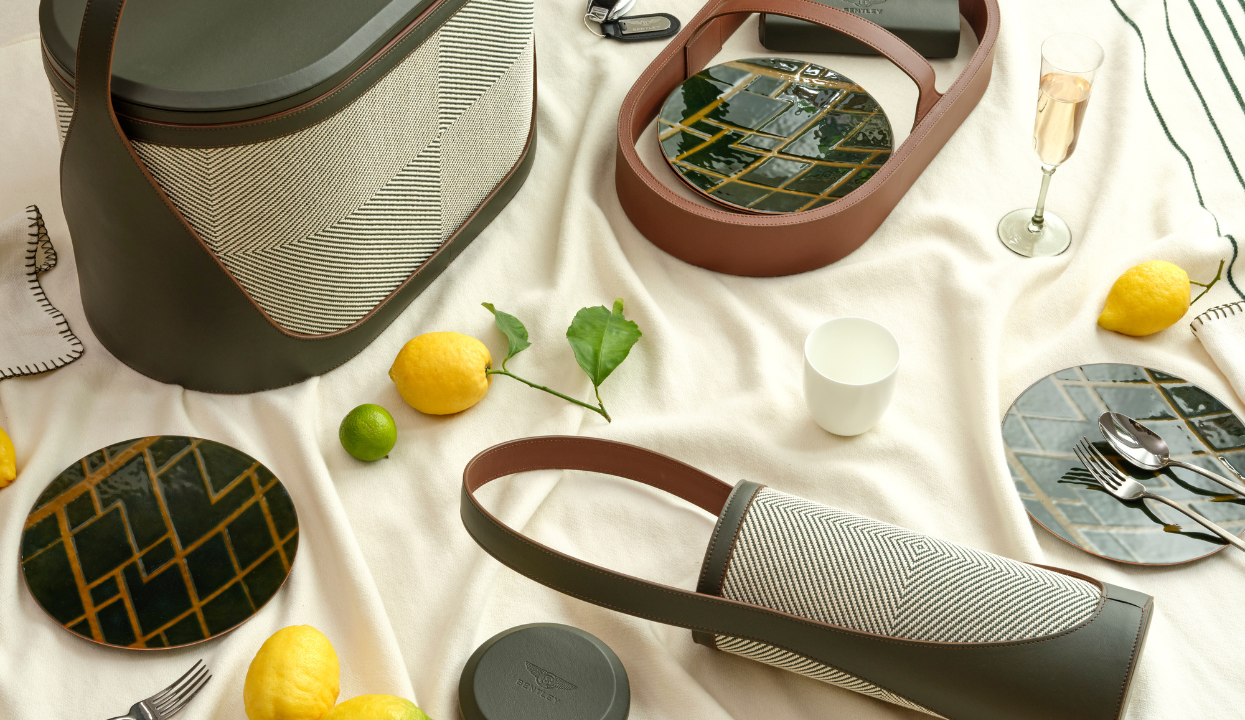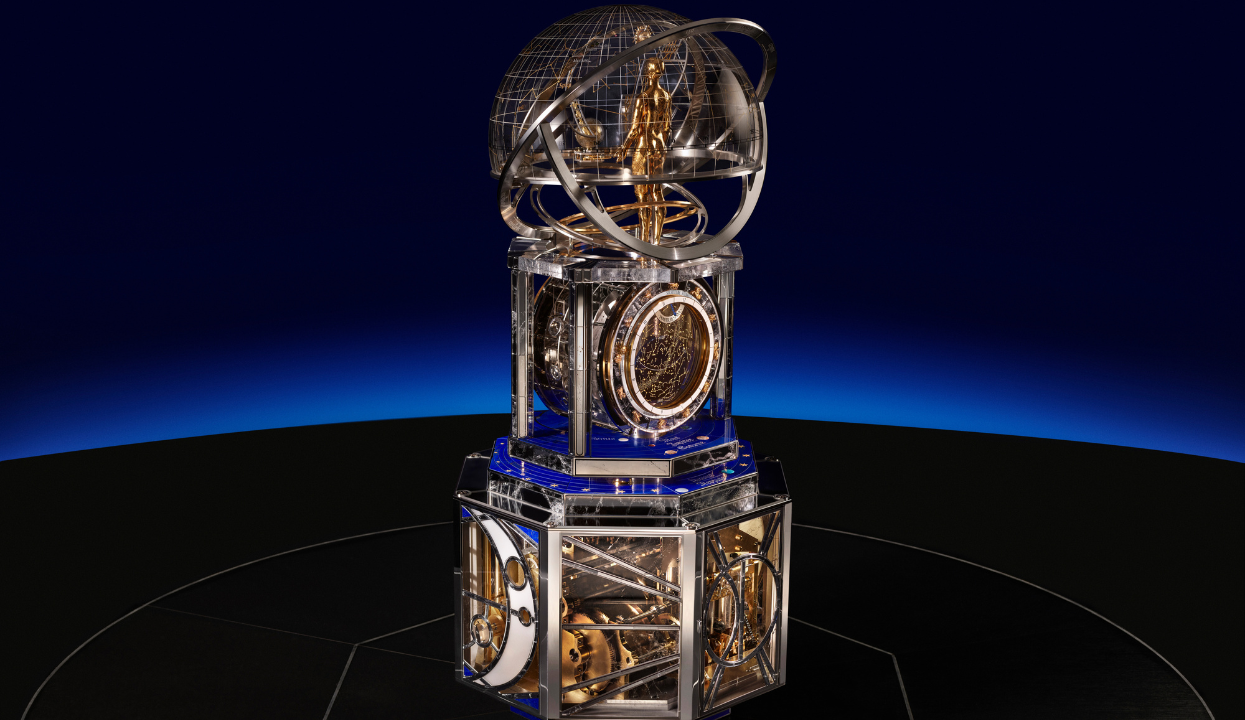
The New Flybridge Generation Of Riva Boasts Innovation And Design.
Debuted just last month, the Riva 90′ Argo has gotten her Greek mythological name from the Argo – the first ever ship to sail the seas which the Argonauts set out in on their quest to find the Golden Fleece. Befitting the legendary name, the Riva 90′ Argo has already secured a legendary status because of her innovation and design and she is also now preparing to take seas all over the world by storm with her eye-catchingly streamlined and dynamic profile. She has a length of 28.49 metres (93’6″) and a beam of 6.50 metres (21’4″) and she is based on a brand new naval project that combines and enhances the strengths of her two Riva predecessors – the 100′ Corsaro and 110′ Dolcevita.
The Riva 90′ Argo stems from the partnership between Officina Italiana Design (the studio founded by Mauro Micheli and Sergio Baretta) and Ferretti Group’s Product Strategy Committee (headed by engineer Piero Ferrari) and Engineering Department.
A number of distinctive, striking exterior design features such as the large hull windows, the long, full-height glazed windows on the main deck and the aft lateral structures with glass surfaces highlights the aerodynamic qualities of the Riva’s new generation flybridge profile.
Main Deck
Starting from the stern, the garage is large enough to accommodate a Williams Sportjet 395 tender plus a jet ski, which can be launched independently. The 6m2 swimming platform is also equipped with an innovative retractable ladder: during underwater movement by the swimming platform, the steps on the right becomes partially submerged and reveals additional steps in the upper part of the stern. This provides a single and extremely convenient stairway for getting into the water and back onboard. There is also an electro-hydraulic steel ladder for safe measures.
The cockpit spans more than 30m2 and it was designed for socialising, relaxing and also dining besides enhancing the experience at anchor, as there are no architectural features that blocks direct contact or view with the surroundings. Furnitures comes in the shape of two large sofas that are arranged lengthwise and a low central table. These can be moved to be converted into a large sun pad covering approximately 6m2 or a dining area which caters for up to 8 people.
On the main deck lies a spacious lounge which covers almost 40m2 of space which is “open” to the sea as the surrounding full-height glass windows reaches heights of over 2.1m. The lounge is furnished with two lounge chairs, an L-shaped sofa and a TV mounted in a panel with a stainless steel perimeter and mirrored surfaces. Right after the lounge area is the dining area, fitted with a large dining table capable of sitting 8 people. On each side near the windows sits a panoramic balcony – an added special touch.
On the port side is the entrance to the galley which also has a dedicated access door on the outer walkway and stairs down to the crew area. Moving starboard, you will find the entrance to the raised helm station, equipped with an electro-hydraulic steering system and an integrated LOOP bridge developed in conjunction with NAVIOP-SIMRAD. The latter features a number of 16″ or 19″ touch screen monitors that encompass all of the on-board monitoring systems and navigation instruments.
Beyond the raised helm station area is the 30m2 full-beam master suite, with a bed in the centre, a walk in wardrobe behind it and a large bathroom in the foredeck (at a slightly lower level). A central skylight helps to fill the suite with natural light.
On the outdoor forward section is a private lounge, that is screened by curtains and furnished with a C-shaped sofa. On request, a retractable table can be added to turn it into an additional dining area or sun pad.
Lower Deck
The lower deck is accessible through an entrance which is located on the starboard bulwark of the main deck. The lower deck contains a day head and 3 VIP double cabins with en-suite bathrooms with ceilings over 2m in height. The 20m2 aft cabin is effectively a second full-beam master suite that makes guests feel like real owners. Behind the bed sits a walk-in wardrobe and a large bathroom that contribute to the outstanding acoustic insulation, along with the distance from the technical zones and the specially developed soundproofing.
The crew area is in the foredeck of the lower deck. It contains a handy dinette and two twin cabins with bunk beds, each with its own bathroom and separate shower.
Flybridge And Infinity Deck
The flybridge of the Riva 90′ Argo spans a total of 46m2, which is a large space to host the “Infinity deck” with uninterrupted living areas running from the stern to the foredeck. This is a similar concept to the Riva 110′ Dolcevita and it is made possible because of the direct connections between the flybridge, the outdoor area forward and the cockpit. The flybridge is fitted with freestanding aft furniture with the middle on the port side hosting a bar unit with two stools. Opposite is a dining area with an L-shaped sofa, a Corianders table with stainless steel perimeter and chairs. On the starboard side of the foredeck lies a retractable monkey bridge with a co-pilot’s sofa on the port side.
Interior And Exterior Design
The Riva 90′ Argo follows the classic stylistic features associated with the Riva elegance on both the main deck and the lower deck – with materials such as lacquer, wood, leather and steel being employed.
The furnitures and fittings of the Riva 90′ Argo are commissioned from names like Minotti, Acerbic, Frag, Casamance, Panelopeoggi, RevéHome, Gentilli&Mosconi, Calcutta Australe and Roda.
Performance And Technology
The Riva 90′ Argo comes standard with twin MTU 12V 2000 M96L engines with an output of 1,948 MHP each. On paper, this enables the Riva 90′ Argo to reach a cruising speed of 22 knots and a maximum speed of 26 knots (preliminary data). Two other engine options are available – the first option being twin MTU 16V 2000 M96 engines generating 2,435 MHP each propelling the Riva 90′ Argo to cruising speeds of 26 knots and a maximum speed of 30 knots (preliminary data). The second option is to opt for twin MTU 16V 2000 M84 engines rated at 2,218 MHP allowing the Riva 90′ Argo to cruise at 24 knots and attain a maximum speed of 28 knots (preliminary data).
The Riva 90′ Argo boasts two stabilising fins and also an option to install Seakeeper anti-roll gyroscopes. One particularly innovative feature of the Riva 90′ Argo is the Twin Disc’s E-Steer solution with Dual Bus and Speed Sensing technology. This electronic steering system uses reliable hydraulic power to control the rudders dynamically and independently. They are moved into the ideal angles at all speeds, thus maintaining speed during turns and improving handling.




